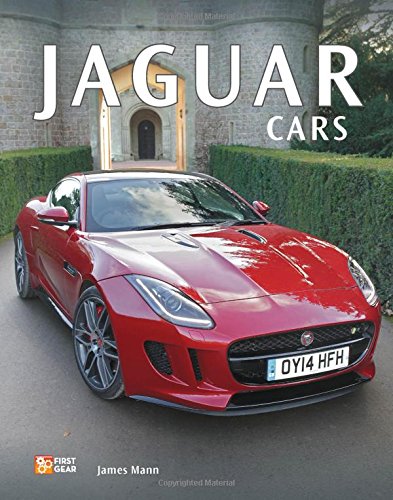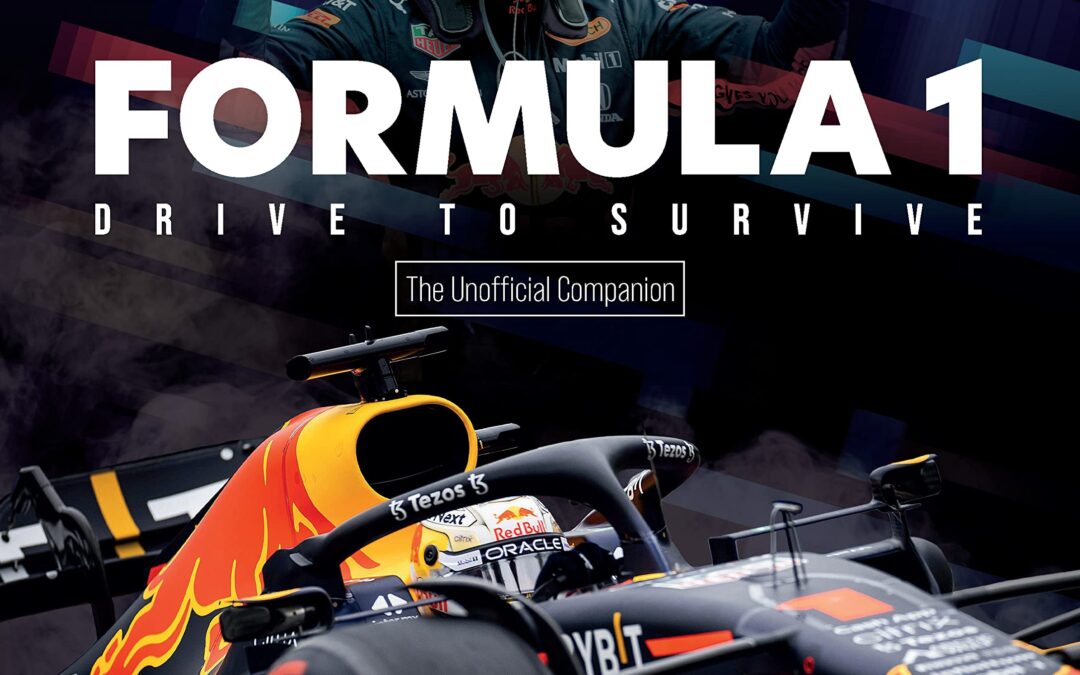
Whether you are a new or longtime Formula 1 fan, here is your ultimate, unofficial armchair companion to the popular Netflix series Formula 1: Drive to Survive, providing deeper insight into the players, tech, and history that drive the show’s plot points.
F1 expert Stuart Codling
is your guide to all things F1.
The Formula 1 Drive to Survive Unofficial Companion is a
feature-rich guide that takes you
beyond the series’ personalities and off-track drama to present further context. Topics covered include:
- People – Who does what to keep F1 teams rolling? From personal trainers to race engineers, mechanics, pit crew, and team principal, what does it take to succeed in F1? Sidebars and callouts include significant past players and great rivalries including that between Toto Wolff and Christian Horner.
- F1 History in 20 Cars – From Fangio’s postwar Alfa Romeo to Max Verstappen’s Honda-powered Red Bull and Lewis Hamilton’s Mercedes, all the great teams feature: Ferrari, Williams, McLaren, Lotus, and more. Callouts features driver gear and great past drivers like Andretti, Brabham, Moss, Schumacher, and more.
- Technology – Who designs and builds today’s mind-bending cars and engines and what does the process entail? Side journeys explore safety features, technology behind key components, and big ideas that flopped.
- F1 Circuits – A look at F1 race course in today, along with features on circuit design, past circuits, and notorious circuit features like Loew’s Hairpin at Monaco and Eau Rouge at Spa Francorchamps.
- Race Strategy – The rules and strategies of race day. Sidebars explore things like tire strategy, the anatomy of a pit stop, and the role of analytics.
- Business – Who pays for the multibillion-dollar spectacle on display in Drive to Survive and how is it possibly profitable? Features and callouts explore the evolution of sponsorship, driver salaries, and backroom deals.
Where relevant, Codling relates content to specific seasons and episodes, providing even more context for the reality series. The visuals include scores of action and off-track photos. The result is a visually stunning guide to accompany a wildly popular TV series, and an engaging history spanning seventy-plus years of the world’s most popular motorsport.
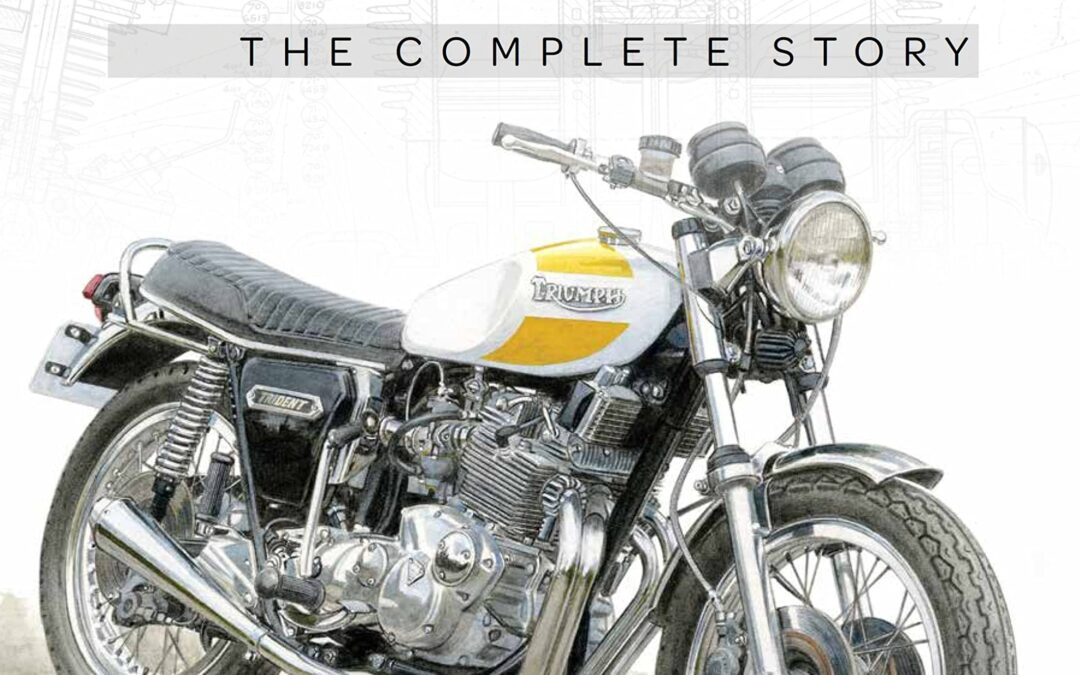
This story is like something out of Hollywood.
In the mid-1960s BSA/Triumph learns that Honda is to launch a 750cc motorcycle that will clearly outclass its 650cc twins. Luckily, Meriden’s top two designers – Bert Hopwood and Doug Hele – have been toying with the idea of a 3-cylinder 750. Could it work? The prototype is fast and intoxicating to ride, but delays mean the Triumph Trident and BSA Rocket 3 have only been on the market a few weeks when the smoother Honda 750 comes along.
The British bikes might be fast, but they lack sophistication and no one loves their oddball styling. Sales are so slow that production is suspended for eight months. BSA/Triumph fights back with a factory race team that sweeps all before it in 1971, including a 1–2–3 at the Daytona 200. And while BSA collapses, Triumph struggles on, launching the factory custom Hurricane and updating the T150 Trident with a 5-speed gearbox and front disc brake.
The Meriden factory sit-in stops Trident production, but a few months later bikes are rolling off the line at Small Heath and the electric-start T160 is launched. To no avail – the odds are against them and in early 1975 Trident production finally stops.
But just as in Hollywood, that’s not the end of the story. Les Williams and Norman Hyde keep the Trident flag flying through the 1980s and beyond. The Trident and Rocket 3 Owners’ Club is formed, bringing together enthusiasts for the iconic triples. And in 1992 (and again in 2020) the reborn Triumph company launches 3-cylinder bikes that carry on the Trident name.

In June 1978, eleven years after he quit Grand Prix motorcycle racing, Mike Hailwood returned to the Isle of Man TT races, probably the most prestigious and certainly the most demanding road race in the world. On a privately entered V-twin Ducati he won the Formula One race, beating the works Hondas of Phil Read and the late John Williams, and breaking the lap and race records.
It may have seemed a fluke; it certainly was a fairy-tale – until 1979. Fifth in the Formula One race, despite losing top gear and his battery, first in the Senior, and second by only 3.4 seconds in the Classic – probably the finest and closest-fought race the Island has ever seen. Hailwood proved, if anyone doubted, that he was still the greatest motorcycle racer of all time.
Mike the Bike – Again, written by his manager and friend, Ted Macauley, is the account of his dramatic comeback, from the original wild idea to his final race. More than this, though, it is a study of a remarkable man in a remarkable world, and of the races, the machines, and the men who ride them.
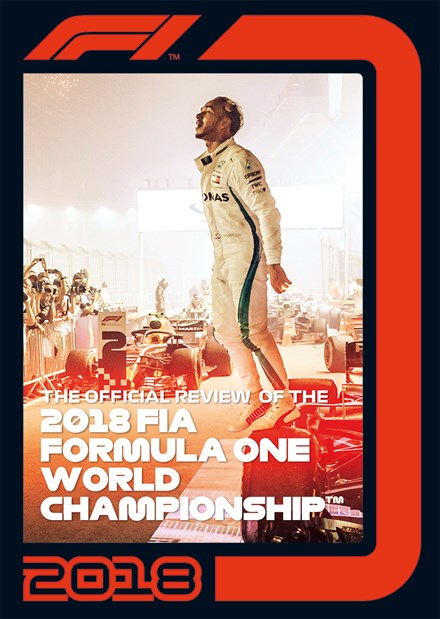
The Official Review of the 2018 FIA Formula One World Championship
Relive all the drama from an unforgettable F1 season with expert commentary from Tom Clarkson, Martin Brundle, and David Croft.
Winning one Formula One World Championship is extraordinary, but winning five? That’s the stuff of legends
In 2018, Lewis Hamilton and Sebastian Vettel battled it out for a fifth world title alongside the all-time great Juan Manuel Fangio and Michael Schumacher.
First Vettel led the drivers’ championship, then it was Hamilton. Thirteen races in, both had five wins each and the Championship was on a knife-edge.
But the title fight wasn’t the only flashpoint in a season of breathless twists and turns:
- Kimi Raikkonen set the fastest lap in F1 history at Monza
- Daniel Ricciardo overcame gearbox problems to take a stunning victory at Monaco
- Max Verstappen won twice, but with 11 podium finishes and ending in 4th place he showed great future potential
- The Grand Prix de France returned after a decade
- Sergey Sirotkin and Charles Leclerc arrived in the paddock for Williams and Sauber
- F1 legend Fernando Alonso said farewell after two World Championships, 32 wins and an incredible 83,000km raced!
• 136 minute feature programme produced by Formula One Management + 56 minutes of extras
• Stereo sound

The Official Review of the 2018 FIA Formula One World Championship
Relive all the drama from an unforgettable F1 season with expert commentary from Tom Clarkson, Martin Brundle, and David Croft.
Winning one Formula One World Championship is extraordinary, but winning five? That’s the stuff of legends
In 2018, Lewis Hamilton and Sebastian Vettel battled it out for a fifth world title alongside the all-time great Juan Manuel Fangio and Michael Schumacher.
First Vettel led the drivers’ championship, then it was Hamilton. Thirteen races in, both had five wins each and the Championship was on a knife-edge.
But the title fight wasn’t the only flashpoint in a season of breathless twists and turns:
- Kimi Raikkonen set the fastest lap in F1 history at Monza
- Daniel Ricciardo overcame gearbox problems to take a stunning victory at Monaco
- Max Verstappen won twice, but with 11 podium finishes and ending in 4th place he showed great future potential
- The Grand Prix de France returned after a decade
- Sergey Sirotkin and Charles Leclerc arrived in the paddock for Williams and Sauber
- F1 legend Fernando Alonso said farewell after two World Championships, 32 wins and an incredible 83,000km raced!
• 136 minute feature programme produced by Formula One Management + 56 minutes of extras
• Stereo sound
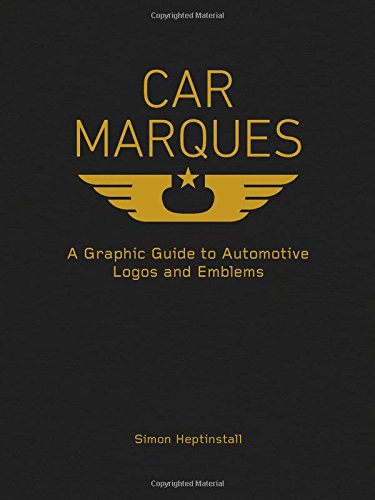
Car Marques is the most detailed and comprehensive guide to car badges ever published. In 224 pages it reveals the history and design of over 90 marques from around the world, each with color illustrations and annotated diagrams. British motoring journalist Simon Heptinstall, who helped launch BBC Top Gear magazine, describes each badge, details the story behind it, and uncovers snippets of information that will delight motoring enthusiasts. The introduction outlines how the book works and provides an overview of the history of car badges. Feature spreads show how the badges of iconic marques such as Buick and Peugeot have changed over time. It also contains profiles of major figures in the history of the automotive industry such as André Citroën, Gottlieb Daimler, William C. Durant, and Enzo Ferrari. The badges are arranged in alphabetic order and include world-famous marques such as Alfa Romeo, Aston Martin, BMW, Buick, Corvette, Lamborghini, Mercedes, Mustang, Porsche, and Toyota.
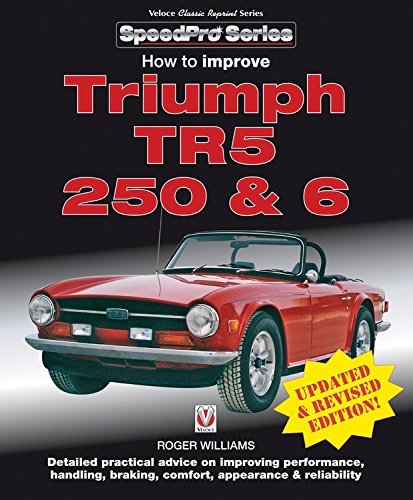
Roger Williams calls on his wealth of hands-on experience, blends it with input from many amateur restorers, and aided by the top TR specialists, to show you the best way to increase the performance and improve the handling of the six-cylinder TR sports cars for fast road use, track days or more serious motorsport.
How to Improve Triumph TR5, 250 & 6 – Updated & Revised Edition presents expert advice on:
-Strengthening a chassis
-Roll cages
-Wheels & tires,
-Gearboxes and clutches
-Overdrive
-Fuel injection (original and replacement systems),
-Engines (including transplants),
-Body and trim
-Electrics
-And much more!
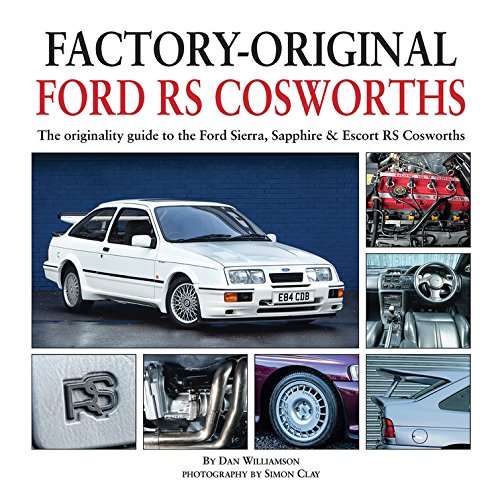
The originality guide to the Ford Sierra, Sapphire & Escort RS Cosworths
When Ford teamed up with Cosworth Engineering to breathe life onto its humdrum Sierra, few knew it would be the birth of a motoring legend. Through circuit racing and supercar-humbling on-road ability, the 1985 Sierra RS Cosworth quickly became a household name.
A practical four-seater boasting 204bhp from its two-liter turbocharged power plant, the RS Cosworth’s massive performance was equaled only by an extroverted rear wing designed for high-speed stability
.
While motorsport machines scooped innumerable victories and increasingly powerful engines, in 1987 Ford homologated a yet-more-spectacular Sierra – the 224bhp RS500. It instantly became a desirable collector’s piece.
The restrained four-door Sierra Sapphire RS Cosworth of 1988 was Ford’s vision of a 150mph executive express; two years later, its four-wheel-drive successor returned the firm to rallying. By 1992, Ford had squeezed the 4×4’s running gear into a shorter Escort body, complete with 227bhp engine and ever-more-aggressive aerodynamic aids.
The limited-edition Monte Carlo came in 1994, followed by the final RS Cosworth – a revised Escort with smaller turbocharger and user-friendly appeal. Production ceased in 1996. Today, each model has a loyal following among motorsport fans and fast Fords enthusiasts. And as the cars become increasingly sought-after, so too does the pursuit of perfection.
This book examines RS Cosworth authenticity, outlining standard specifications alongside in-depth color photography of outstanding examples of the breed. From body panels and trim to turbochargers and tires; from interior fabrics and paint schemes to shock absorbers and stickers, Ford’s factory-original fitments are covered in comprehensive detail.
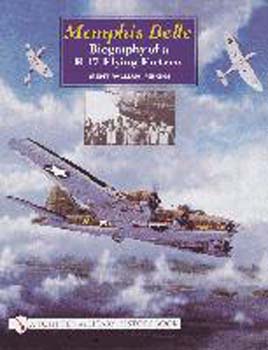
The “Memphis Belle” led a blazing trail of invincibility through the flak and fighter-filled skies over the Third Reich during WWII. After losing a total of nine engines, both wings, both landing gear, and two tails, she was the featured star of a landmark Hollywood film documentary that made her famous the world over. Forgotten and forlorn, the Belle was nearly turned into waffle irons and coffee pots. Here you will read its fabulous story, from bullets to bandages, freezing skies, round engines, and the love that made a B-17 Flying Fortress legend.
